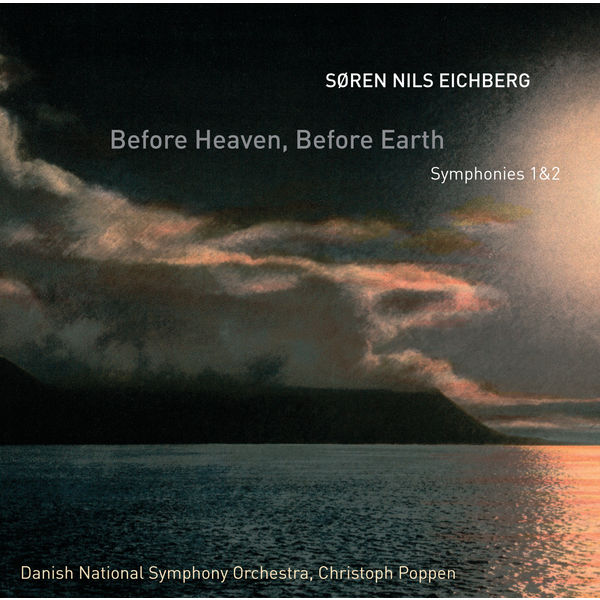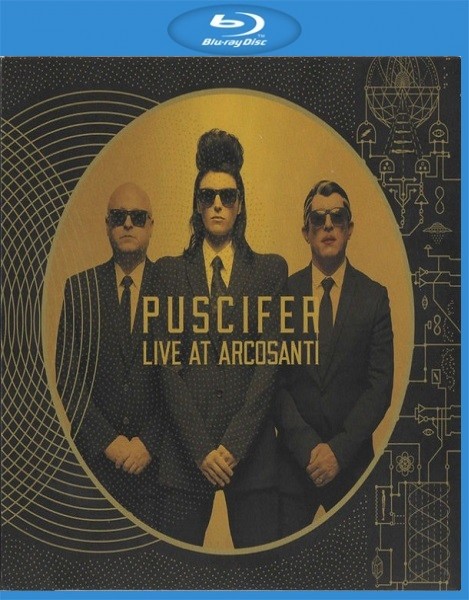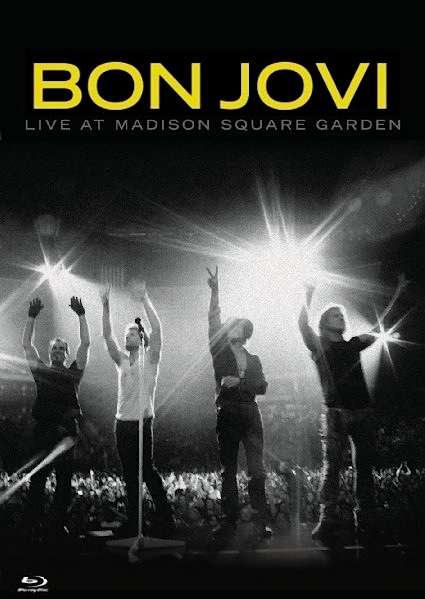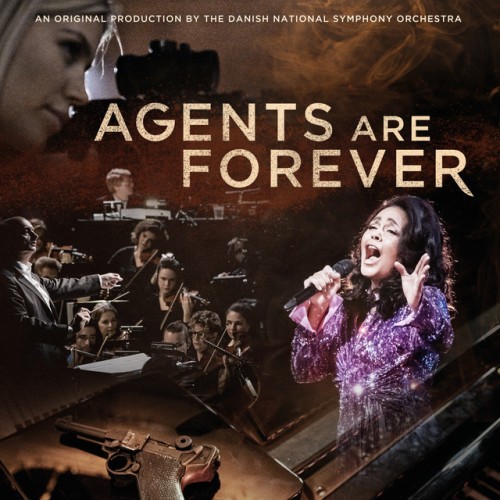
Christoph Poppen, Danish National Symphony Orchestra – Before Heaven, Before Earth – Symphonies 1 & 2 (2013)
FLAC (tracks) 24 bit/96 kHz | Time – 57:39 minutes | 777 MB | Genre: Classical
Studio Masters, Official Digital Download | Front Cover | © Dacapo
The Danish-German composer Søren Nils Eichberg is the first composer in residence in the history of the Danish National Symphony Orchestra. This disc presents the premiere recordings of his Symphony No. 1, the large-scale doomsday vision “Stürzten wir uns ins Feuer” (2006), and of his Symphony No. 2 “Before Heaven, before Earth” (2010), that was first performed by the Danish National Symphony Orchestra and concludes an explosive phase of creativity in the young composer.
Søren Nils Eichberg, born in Stuttgart in 1973, of Danish and German parents, won a major composition prize in 2001, since when, according to his website, ”he has risen to become one of the most distinctive composers of his generation”. Forthcoming projects include a chamber opera commissioned by the Royal Opera House, Covent Garden for performance in 2015.
His First Symphony takes you by the throat from the outset and barely loosens its grip for the next thirty-five minutes. The English translation of the work’s title is ”If we flung ourselves into the flames”, a quotation from José Saramago where the author reflects on the notion of collective self-destruction. Such violent thoughts provoke a violent reaction. There are tranquil passages, but they are few and short-lived, and after the first hearing the listener has the impression of having been subjected to a relentless mauling. This is achieved by largely rhythmic means, with constantly repeated percussion figures. Slowly moving harmonic patterns emerge as one gets to know the work, like seismic plates grinding one against the other I¹m desperately seeking a metaphor here but there is very little melodic content. Monotony is avoided by skilful changes of focus, and by the juxtaposition of different thematic elements in contrasting instrumental colours alongside the percussion. Some of these percussion figures, let it be said, though dramatic and exciting, do verge on the cliché. The symphony plays continuously, but the disc’s four entry points seem, if not arbitrary, then irrelevant, as there is very little four-movement feel.
This is a highly unusual and original work, but the jury will be deliberating the question of its stature for some time, I fear. Something in the booklet gives pause for thought. It is unwise to take composers’ comments out of context, and in translation too, but on the subject of the prevailing violence of the work, Eichberg says this: ”The complacent and heroic gesture in the symphony” – I take him to mean the symphony in general rather than his own – ”is not only an abstract, artistic vision, but can definitely also be interpreted as references to the pompous soundtrack of, for example, Strauss and Pfitzner to nationalism and the lust for disaster that led to the Second World War”. This statement is shot through with more holes than you would find in the finest Gruyère, leaving one to reflect on the sincerity of music that such thoughts have spawned.
The Second Symphony opens with dramatic, rapid string figures repeated ad lib. Two main ideas are then presented, a series of held chords and a highly rhythmic, rapid theme on the lower strings that is punctuated by brass chords whose rhythm is addictive. These two ideas are then given again, a device that the booklet writer claims ”goes right back to the infancy of the genre”. (I assume he is referring to the exposition repeat.) ”The ’double presentation’ is particularly useful in music that listeners do not know in advance.¹ Oh, really? This work has a more recognizable tripartite form, with a central section that is slower than the rest, though peaceful repose is hardly on offer. The two ideas given at the outset audibly provide the thematic basis of the whole work, and the symphonic argument is the more easily followed for it. The end of the work is positively bizarre. The music suddenly takes a tonal turn, with common chords in abundance. The scoring, too, becomes lighter and more transparent. Then, curious fanfares begin to appear, rising in intensity and dissonance until they reach a deafening and harmonically chaotic climax that will thrill some listeners and disgust others. A long, held final B flat then seems to be masquerading as a tonal centre. Is this ending not the kind of ”heroic gesture” the composer claims to despise? Whether it is also ”complacent”, however, I don’t feel qualified to say.
This is in many ways a remarkable disc. It is impossible to remain indifferent to the music. The recording is spectacular. The performances by the Danish National Symphony Orchestra under Christoph Poppen, as far as one can tell, are ferociously good. The booklet notes are of limited use. To close, another Eichberg quotation: ”My generation of composers is most eager to communicate with the audience, and we are not intent on instructing people. We just want to make good music that doesn’t make listeners hold their hands to their ears.” No IRR reader would ever be so ungallant.
— William Hedley, International Record Review
Tracklist:
1. Danish National Symphony Orchestra – Symphony No. 2, “Before Heaven, Before Earth” – I. Chaotisch, aggressiv (11:10)
2. Danish National Symphony Orchestra – Symphony No. 2, “Before Heaven, Before Earth” – II. Sehr genau (03:46)
3. Danish National Symphony Orchestra – Symphony No. 2, “Before Heaven, Before Earth” – III. Gläsern (03:30)
4. Danish National Symphony Orchestra – Symphony No. 2, “Before Heaven, Before Earth” – IV. Wieder nervöser (05:02)
5. Danish National Symphony Orchestra – Symphony No. 1, “Stürzten wir uns ins Feuer” – I. Schnell, wie im Rausch (14:46)
6. Danish National Symphony Orchestra – Symphony No. 1, “Stürzten wir uns ins Feuer” – II. Tempo I (11:14)
7. Danish National Symphony Orchestra – Symphony No. 1, “Stürzten wir uns ins Feuer” – III. Mysteriös (05:10)
8. Danish National Symphony Orchestra – Symphony No. 1, “Stürzten wir uns ins Feuer” – IV. Tempo II (02:59)
Personnel:
Danish National Symphony Orchestra, Conducted by Christoph Poppen.
Download:






![Danish National Symphony Orchestra – Love Songs in Film Music (2024) [Official Digital Download 24bit/48kHz]](https://imghd.xyz/images/2024/04/30/ifktxszaq58uc_600.jpg)
![Danish National Symphony Orchestra – The Magic of Hollywood – Soundtracks (2024) [Official Digital Download 24bit/48kHz]](https://imghd.xyz/images/2024/04/30/sjdp9szjcgz5a_600.jpg)

![Danish National Symphony Orchestra – The Babylon Hotel (2024) [Official Digital Download 24bit/48kHz]](https://imghd.xyz/images/2024/02/06/acrzy512slcmc_600.jpg)
![Danish National Symphony Orchestra – The Babylon Hotel (2024) [24Bit-48kHz] FLAC [PMEDIA] ⭐️](https://imageurl.xyz/images/2024/02/04/ab67616d0000b273f4112d60ca7529b2f584670e.md.jpg)
![Danish National Symphony Orchestra – Who Framed Roger Rabbit (2023) [Official Digital Download 24bit/48kHz]](https://imghd.xyz/images/2023/12/07/pc0c6r9fpsqga_600.jpg)
![Danish National Symphony Orchestra – Fantasymphony II – A Concert of Fire and Magic (Live) (2023) [Official Digital Download 24bit/48kHz]](https://imghd.xyz/images/2023/12/04/vgfuuvmalvfvb_600.jpg)
![Danish National Symphony Orchestra, Fabio Luisi – Nielsen: The Concertos (2023) [Official Digital Download 24bit/96kHz]](https://imghd.xyz/images/2023/09/21/ckqkvfew94zla_600.jpg)
![Danish National Symphony Orchestra – Wild and Wonderful Denmark (Music from the Original TV Series) (2020) [Official Digital Download 24bit/48kHz]](https://imghd.xyz/images/2023/09/02/tht1itcv45rza_600.jpg)
![Steffen Bruun, Stephen Milling, Dénise Beck, Bror Magnus Tødenes, Danish National Symphony Orchestra – Aladdin (2022) [Official Digital Download 24bit/96kHz]](https://imghd.xyz/images/2022/05/13/hq771rq5w9wwc_600.jpg)
![Danish National Symphony Orchestra, Fabio Luisi – Carl Nielsen: The Symphonies (2023) [Official Digital Download 24bit/96kHz]](https://imghd.xyz/images/2023/06/13/xzfkuwzx965za_600.jpg)
![Danish National Symphony Orchestra, Thomas Dausgaard – Langgaard: The Symphonies (2009) [Official Digital Download 24bit/96kHz]](https://imghd.xyz/images/2023/05/17/5XuSegI.jpg)
![Danish National Symphony Orchestra, Michael Schonwandt – Klenau: Symphony No. 9 (2016) [Official Digital Download 24bit/96kHz]](https://imghd.xyz/images/2023/05/04/0636943609828_600.jpg)
![Jean Claude Pennetier, Orchestre philharmonique de Radio France, Christoph Poppen – Mozart: Piano Concertos No. 21 & No. 24 (2017) [Official Digital Download 24bit/48kHz]](https://imghd.xyz/images/2023/04/12/3760127223160_600.jpg)

![Danish National Symphony Orchestra – Nielsen: Symphonies Nos. 2 & 6 (2022) [Official Digital Download 24bit/96kHz]](https://imghd.xyz/images/2023/02/20/dh5g8xni56e9b_600.jpg)
![Danish National Symphony Orchestra – Hollywood Gala (2022) [Blu-ray ISO + BDRip 720p/1080p]](https://imghd.xyz/images/2023/02/05/71xwHZcBLgL._AC_SL1200_.md.jpg)
![Danish National Symphony Orchestra, Fabio Luisi – Nielsen: Symphonies Nos. 1 & 3 (2022) [Official Digital Download 24bit/96kHz]](https://imghd.xyz/images/2023/01/09/yqgoxkd1pkkec_600.jpg)
![Danish National Symphony Orchestra – Hollywood Gala (2022) [Official Digital Download 24bit/48kHz]](https://imghd.xyz/images/2023/01/09/roh79vzr3h6ya_600.jpg)
![Danish National Symphony Orchestra & Sarah Kicks – Murder at the Symphony (2021) [Official Digital Download 24bit/48kHz]](https://imghd.xyz/images/2022/12/05/g0v61bh837fya_600.jpg)
![Danish National Symphony Orchestra – Divas & Diamonds (2021) [Official Digital Download 24bit/48kHz]](https://imghd.xyz/images/2022/12/05/zx5v0j4bumgla_600.jpg)
![Danish National Symphony Orchestra – Galaxymphony II: Galaxymphony Strikes Back (2022) [Official Digital Download 24bit/48kHz]](https://imghd.xyz/images/2022/04/28/kjpxp7r1q8lcb_600.jpg)
![Danish National Symphony Orchestra – Galaxymphony (2019) [Official Digital Download 24bit/48kHz]](https://imghd.xyz/images/2022/05/03/fvr14io1prh9a_600.jpg)
![Danish National Symphony Orchestra – Nielsen: Symphonies Nos. 4 & 5 (2022) [Official Digital Download 24bit/96kHz]](https://imghd.xyz/images/2022/11/20/ja35ulpreve6b_600.jpg)

